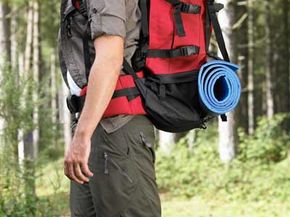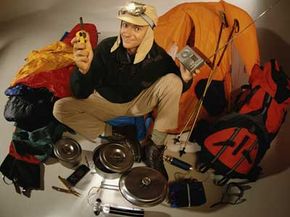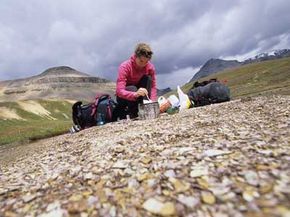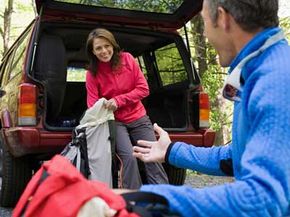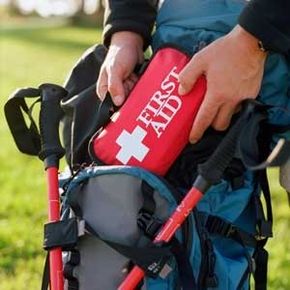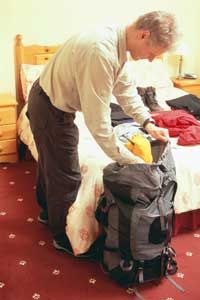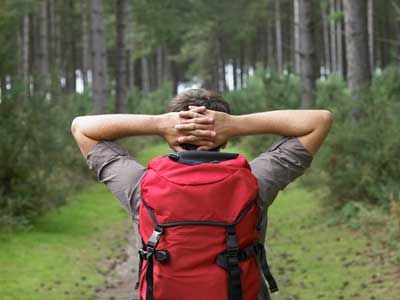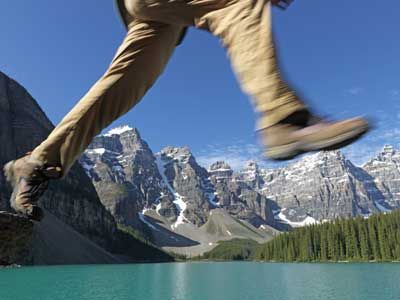You've waltzed into camping stores as wide-eyed as a child -- running your fingers over fleece pullovers, Gore-Tex boots, shiny cookware and red camping stoves. You've listened intently to salespeople explain the "technology" of tents, sleeping bags and raingear. Your mouth has dropped as you've turned over price tags. You've returned home to scour the Internet for reviews on gear, hoping for cheaper but equal-quality alternatives. You've racked your brain for friends who might let you borrow stuff. And now, after you've bargained and borrowed, weighed in and ruled out, it's time to get all this awesome gear into your pack. But how?
First things first -- let's make sure you've got the right backpack. You need a pack that both fits your figure perfectly and suits your gear-stowing needs. For the best fit, go by the length of your torso, not your height. As you browse packs, keep in mind that each manufacturer is different -- so read the sizing instructions on each backpack.
Advertisement
After you narrow down the size, zero in on backpack features. A panel-loading backpack, which zips open at the top and down each side, will allow you easy access to your things. With a top-loading pack, you may have to unload half your pack to reach what you need. The internal-framed backpack is more popular than the external-framed pack. It holds the backpack close to your body, which makes it easier to balance, and you carry 80 percent of the pack's weight on your hips. The external-framed backpack is less expensive, and because the frame holds the pack away from your body, it's cooler on hot days.
A quality backpack should have padded straps that go over the shoulders, across the chest and around the hips. Women's packs are made with narrower straps and shorter torso lengths. If you plan to carry water bottles, make sure the pack has external pockets correctly sized for this. If you plan on using a pack bladder or hydration system, confirm that it's compatible with your backpack. Some backpacks come with a hydration system.
Once you've narrowed down your choices, try each one on with added weight. The backpacking store should have weighted bags to put in the backpack. These bags typically contain lead or other dense packing, so they won't exactly replicate the feel of a loaded pack, but they'll give you some idea. Walk around the store, look up, squat down, and, if possible, walk up and down a flight of stairs. The backpack shouldn't hit the back of your knees when you squat, hit your neck or head when you look up or shift around when you move.
Now that you've chosen the perfect backpack, let's start loading it with all your cool gear.
Advertisement
